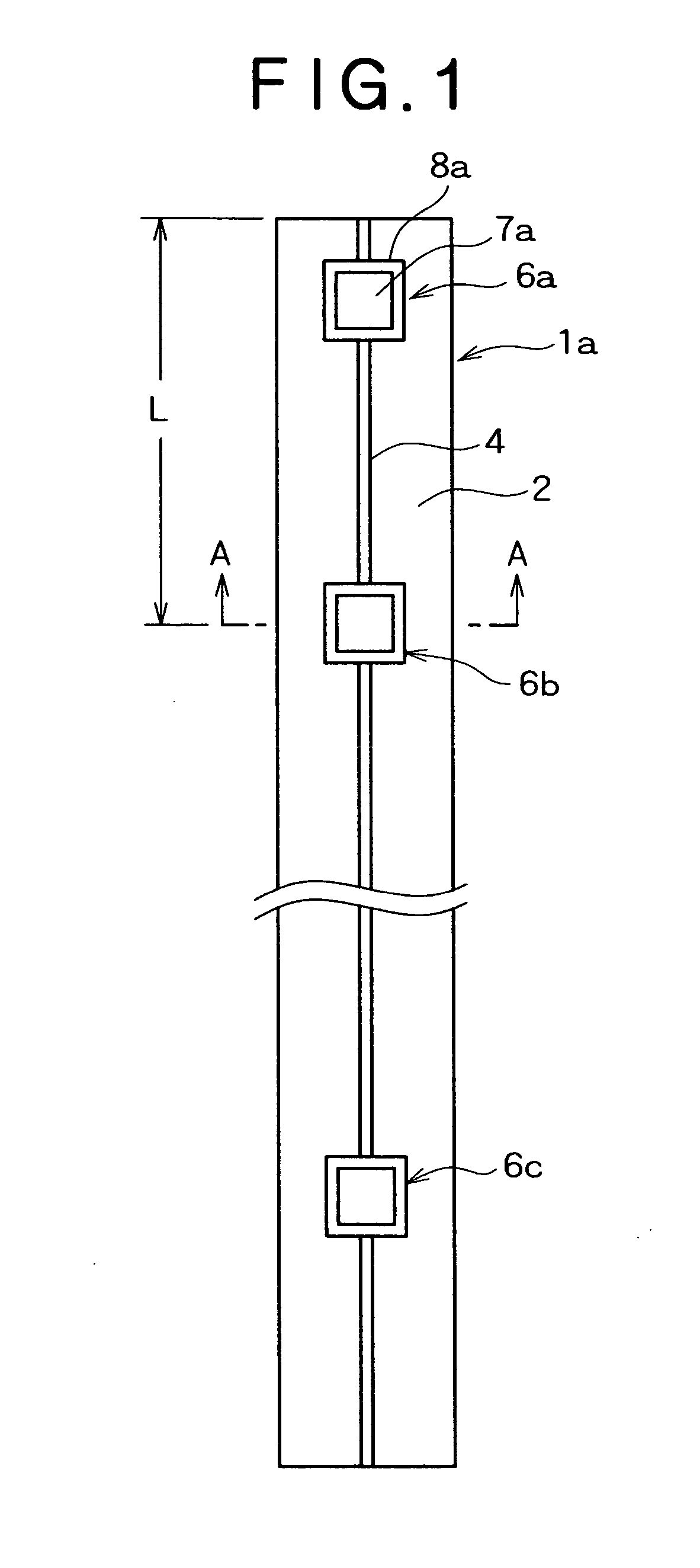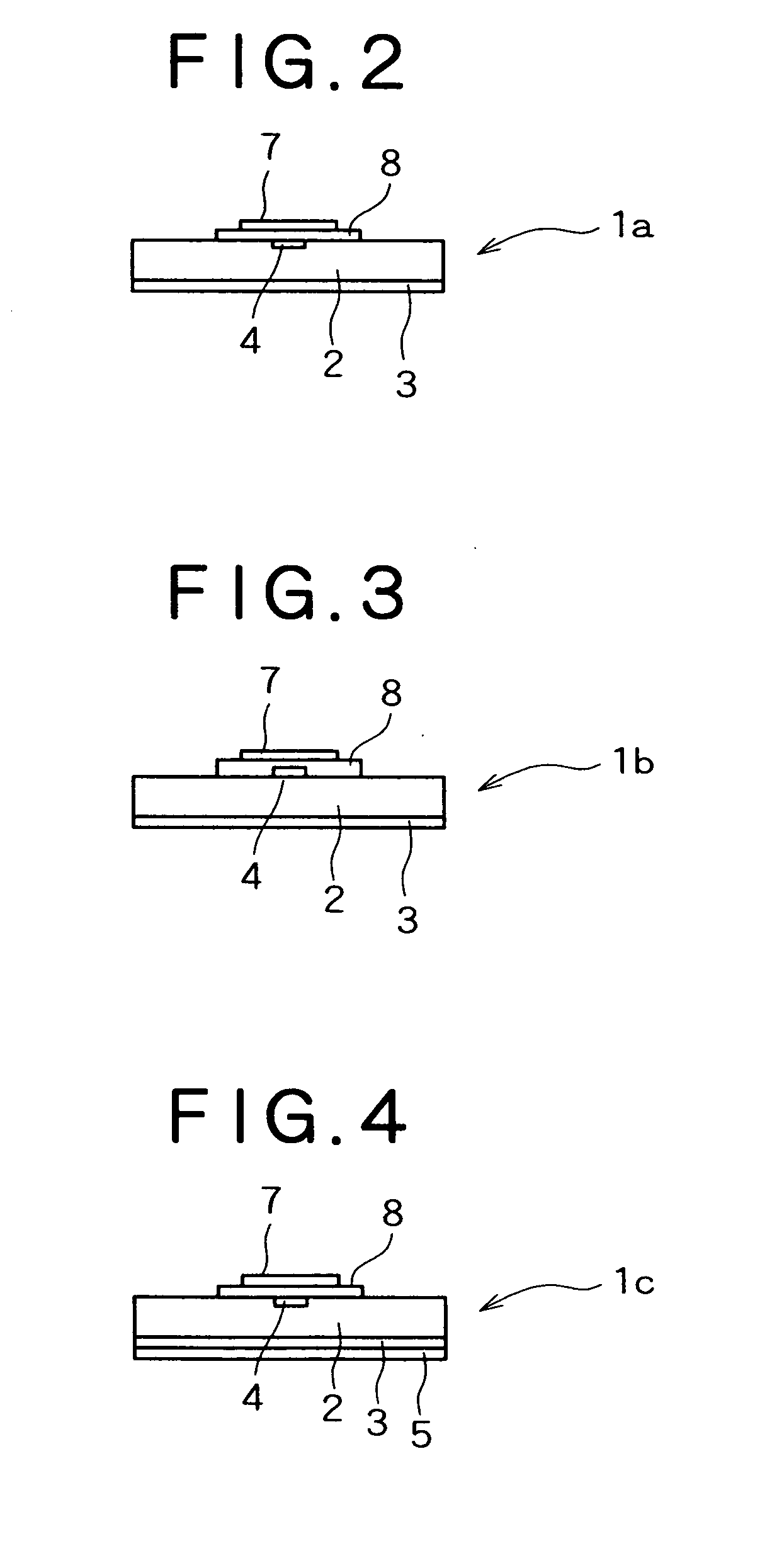Radio lan antenna
a radio lan and microstrip technology, applied in the direction of resonant antennas, individually energised antenna arrays, waveguides, etc., can solve the problems of reducing the transmission loss of wireless-communication rf signals in the transmission line, reducing the possibility of interference with or being interfered by radio waves of other antennas, and increasing the communication distan
- Summary
- Abstract
- Description
- Claims
- Application Information
AI Technical Summary
Benefits of technology
Problems solved by technology
Method used
Image
Examples
first embodiment
of Wireless-Communication RF Signal Transmission Device
[0376] A wireless-communication RF signal transmission device X1 according to a first embodiment of the present invention will be described below. The wireless-communication RF signal transmission device X1 is one resulting from modifying the frequency conversion circuit 252 into another arrangement. The remaining arrangement and functions are the same as those in the wireless-communication RF signal transmission device X. In the following, a frequency conversion circuit 81 included in the wireless-communication RF signal transmission device X1 is described with reference to FIG. 47.
[0377] The frequency conversion circuit 81 comprises a down-side frequency conversion circuit 81a (one example of the frequency downconversion means) for executing frequency conversion of the down-signal (wireless-communication RF signal flowing downstream), an up-side frequency conversion circuit 81b (one example of the frequency upconversion means...
second embodiment
of Wireless-Communication RF Signal Transmission Device
[0387] A wireless-communication RF signal transmission device X2 according to a second embodiment of the present invention will be described below. The wireless-communication RF signal transmission device X2 is one resulting from replacing a part of the frequency conversion circuit 252 in the wireless-communication RF signal transmission device X with other components. The remaining arrangement and functions are the same as those in the wireless-communication RF signal transmission device X. In the following, features of the wireless-communication RF signal transmission device X2 differing from the wireless-communication RF signal transmission device X are described with reference to FIG. 48.
[0388] In the wireless-communication RF signal transmission device X2, as shown in FIG. 48, the distributors 252c, 252d in the frequency conversion circuit 252 of the wireless-communication RF signal transmission device X are replaced with ...
third embodiment
of Wireless-Communication RF Signal Transmission Device
[0395] A wireless-communication RF signal transmission device X3 according to a third embodiment will be described below. The wireless-communication RF signal transmission device X3 is one resulting from replacing a part of the frequency conversion circuit 252 in the wireless-communication RF signal transmission device X with other components. The remaining arrangement and functions are the same as those in the wireless-communication RF signal transmission device X. In the following, features of the wireless-communication RF signal transmission device X3 differing from the wireless-communication RF signal transmission device X are described with reference to FIG. 49.
[0396] In the wireless-communication RF signal transmission device X3, as shown in FIG. 49, the distributors 252c, 252d in the frequency conversion circuit 252 of the wireless-communication RF signal transmission device X are replaced with a switch 83c in the transm...
PUM
 Login to View More
Login to View More Abstract
Description
Claims
Application Information
 Login to View More
Login to View More - R&D
- Intellectual Property
- Life Sciences
- Materials
- Tech Scout
- Unparalleled Data Quality
- Higher Quality Content
- 60% Fewer Hallucinations
Browse by: Latest US Patents, China's latest patents, Technical Efficacy Thesaurus, Application Domain, Technology Topic, Popular Technical Reports.
© 2025 PatSnap. All rights reserved.Legal|Privacy policy|Modern Slavery Act Transparency Statement|Sitemap|About US| Contact US: help@patsnap.com



